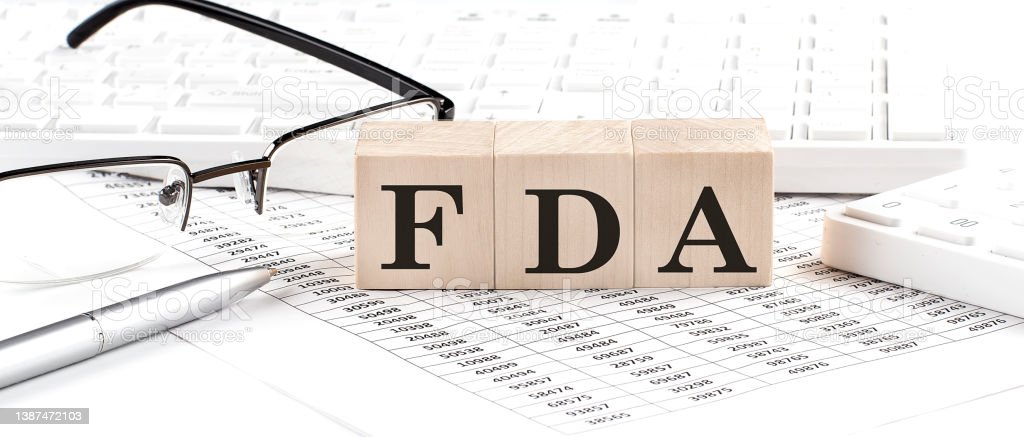1. Introduction
Process validation is a critical aspect of quality assurance in the manufacturing process. It ensures that all processes, procedures, and methods are in place and function as intended to produce products that meet predetermined quality criteria.
2. Purpose
The purpose of this SOP is to outline the procedures and responsibilities involved in the validation of processes used in manufacturing. This includes establishing documented evidence that a process will consistently produce a product meeting its predetermined specifications and quality attributes.
3. Scope
This SOP applies to all manufacturing processes requiring validation, including but not limited to:
- Pharmaceutical production
- Biotechnology processes
- Medical device manufacturing
- Chemical production
4. Definitions
- Validation: The act of demonstrating that any procedure, process, equipment, material, activity, or system leads to the expected results.
- Process Validation: Establishing documented evidence that a process consistently produces a result meeting its predetermined specifications.
- IQ (Installation Qualification): Documented verification that equipment or systems are installed correctly and according to manufacturer’s specifications.
- OQ (Operational Qualification): Documented verification that equipment or systems perform according to their intended function within operating ranges.
- PQ (Performance Qualification): Documented verification that equipment and ancillary systems can perform effectively and reproducibly based on the approved process method and product specifications.
5. Responsibilities
5.1 Quality Assurance (QA)
- Review and approve validation protocols and reports.
- Ensure compliance with regulatory requirements.
- Maintain validation documentation.
5.2 Manufacturing Department
- Execute validation protocols.
- Document results and report any deviations.
5.3 Validation Team
- Develop and write validation protocols and reports.
- Conduct validation studies and analyze data.
- Review and approve validation results.
6. Validation Process
6.1 Pre-Validation Activities
- 6.1.1 Process Understanding: Gain in-depth knowledge of the process, including inputs, controls, and outputs.
- 6.1.2 Risk Assessment: Conduct a risk assessment to identify critical process parameters.
- 6.1.3 Protocol Development: Develop detailed validation protocols for IQ, OQ, and PQ.
6.2 Installation Qualification (IQ)
- 6.2.1 Verification of Equipment: Verify that all equipment is installed according to manufacturer specifications.
- 6.2.2 Documentation: Document all installation procedures, including wiring diagrams, piping, and control systems.
6.3 Operational Qualification (OQ)
- 6.3.1 Test Execution: Conduct tests to ensure equipment operates within predetermined limits.
- 6.3.2 Calibration: Verify calibration of instruments and controls.
- 6.3.3 Environmental Conditions: Document environmental conditions (e.g., temperature, humidity) that could affect the operation.
6.4 Performance Qualification (PQ)
- 6.4.1 Process Runs: Conduct a minimum of three successful consecutive production runs to demonstrate consistent performance.
- 6.4.2 Product Testing: Test final product samples to ensure they meet all quality specifications.
- 6.4.3 Statistical Analysis: Analyze data using statistical methods to confirm process consistency and reliability.
7. Documentation
7.1 Validation Protocols
- Include objectives, scope, responsibilities, test methods, acceptance criteria, and documentation requirements.
- Ensure all protocols are reviewed and approved before execution.
7.2 Validation Reports
- Summarize results, deviations, corrective actions, and conclusions.
- Ensure all reports are reviewed and approved.
7.3 Record Retention
- Maintain validation documentation as per regulatory and company requirements.
8. Change Control
8.1 Process Changes
- Assess any changes to the process for their impact on validated status.
- Revalidate processes as necessary to ensure continued compliance.
8.2 Documentation Updates
- Update all relevant documentation to reflect changes and revalidation outcomes.
9. Training
- Provide training to all relevant personnel on process validation procedures and responsibilities.
- Ensure training records are maintained.
10. Compliance and Auditing
10.1 Internal Audits
- Conduct regular audits to ensure adherence to validation procedures.
- Document findings and implement corrective actions as needed.
10.2 Regulatory Compliance
- Ensure all validation activities comply with applicable regulatory requirements and guidelines (e.g., FDA, EMA).
11. References
- Applicable regulatory guidelines and standards (e.g., FDA Process Validation: General Principles and Practices, ICH Q7, ISO 9001).
- Company policies and procedures related to process validation.
12. Appendices
12.1 Example Templates
- Validation Protocol Template
- Validation Report Template
- Risk Assessment Template
12.2 Glossary of Terms
- Provide definitions for key terms and abbreviations used in this SOP.
- For more articles, Kindly Click here.
- For pharmaceutical jobs, follow us on LinkedIn
- For Editable SOPs in word format contact us on info@pharmaceuticalcarrier.com
- For more information kindly follow us on pharmaguidelines.co.uk











